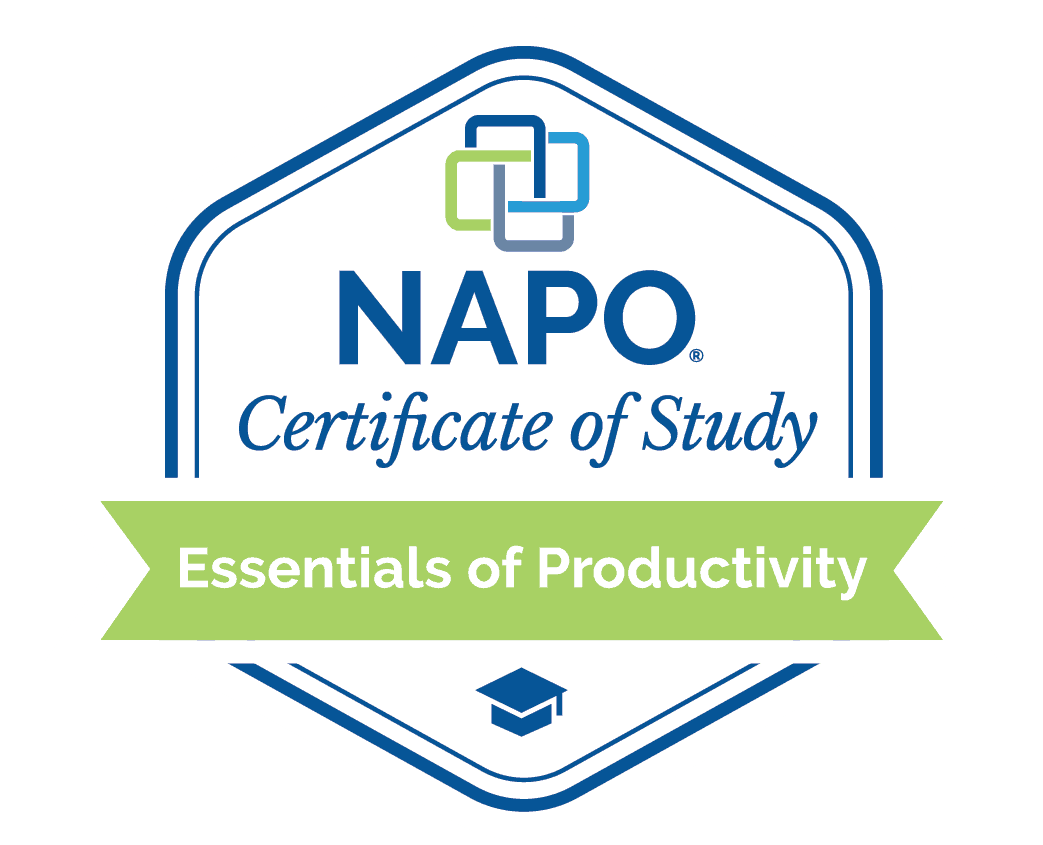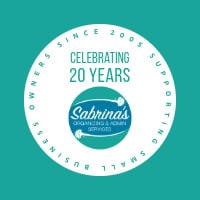Starting a blog can be overwhelming. Not only do you have to think of topics to write about, but you also have to learn a little bit about the terminology of what goes into a blog. This week, we are going to share the best new blogger time-saving tips you need to know. Follow along and take action on your blog.
Break down tasks into various steps. These steps will provide you with direction and focus, helping you move into a better flow with your blog. These main areas are blog post inspiration and idea forming, blog post research, blog post creation, and blog foundational design, monitoring, theme, and plugins. While the last one needs monitoring and only needs updating when the themes and plugins are updated, it is a crucial part of this process and must be included.
Topics
While this post will not be overly detailed about the steps involved in creating a blog, it will provide you with time-saving tips and general guidelines to help you manage your excellent new blog, which you are sharing with the world. Let’s begin.
Visit our blog post “14 questions to ask before starting your business blog.” To help you get some focus on what to talk about on your blog to save you time.
First, let’s start with blog post inspiration and idea formation.
You need to have ideas before you can start creating, right? Determine your main topics for your blogs. Think of a broad topic that can break down into smaller topics (categories). Jot your categories down on a piece of paper. From the central theme, draw a line to the subtopic you could talk about for each of your subtopics.
You don’t need a vast number of topics/ideas. But you do need to determine when you are going to spend time doing this work. Schedule your slowest time of the week for blog post inspiration and idea forming. When you are busy, you may not feel inspired to create some new topics. So, taking the time on a slow day will allow your brain a moment to ponder what you want to talk about with your visitors.
Time Saving Tip: Pull out your calendar and block sections of time for a recurring appointment. If you find that only Mondays are free, schedule at least a few hours to research and create posts. But, at first, you may need to double your time (4 hours) until you figure out how long research and blog post creation will take.
Now, it’s time to do some research for your first blog post.
Pick your first topic for your very first blog post. Read a few articles on the subject. Jot down notes and determine how much you want to share. A good length of a post is about 1000+ words, which will allow you to get your point across and share details. But if you want to start with a shorter blog post, aim for 600 words or more.
Time-Saving Tip: Search on Google using the keywords you would use when searching for the post topic as a visitor. Then, read the posts that are from popular magazines and online publications. They are usually the first ones right after the ads at the top of the page.
Let’s begin writing the blog post.
Divide your time between writing and editing. Say you want to write for one hour and then edit for another hour.
Time-Saving Tip: Complete the writing part on one day and the editing on the afternoon or the next day. This tip allows you to forget about what you wrote and will enable you to have a clean slate about the topic.
When editing, it is helpful to read your blog post to check for typos or misspellings. Using Microsoft Word’s free “Read Aloud Feature” feature helps you hear your content and speeds up your editing. Another application that will help you with the editing process is Grammarly. You can buy a yearly subscription that will assist you with misspellings, grammar, and word-replacement suggestions.
Click below and buy it! Affiliate link: I will receive a small commission if you purchase a subscription.
Now that your blog post is ready and about to be launched, it’s time to ensure that all the other foundational blog design elements, theme, and plugins are updated as well.
Update Your Blog Theme and Plugins
The trick is not to have too many plugins from the start on your blog. Pick a theme that has a good amount of plugins customized to the theme, like the Genesis Framework Theme, where you can then use one of the child themes that use this platform. This theme also has plugins created by the designers that will allow you to seamlessly integrate the plugins to your new blog.
If you wrote the best post and your theme and plugins are outdated, you will notice that Google and other search engines may not send visitors your way. And, other problems can occur. Some of the plugins are updated because it will conflict with your existing version of your theme. So, taking time to update and monitor the design theme and plugins keeps your site looking fresh and current.
Time Saving Tip: schedule a back up before every update a plugin. This precautionary task will save you time and energy if your plugin has a fatal flaw and it crashes your site. Having a backup will allow you to revert to the previous version seamlessly.
As your blog progresses, going back and doing an audit to review the areas you modified at the beginning is an important task to do periodically. Visit our 10 Important Areas to Visit when Auditing Your Business Blog for details on how to do this important step.
I hope this post gives you some new blogger time saving tips to help you get things done quickly so you can enjoy sharing!
Do you have any tips that you want to share? Please leave a comment in the section below. I would love to hear from you.
Visit these other blog posts I found online for more tips.
7 Time-Saving Tips for Blogging
Time-Saving Advice For Busy Blogger Bees







